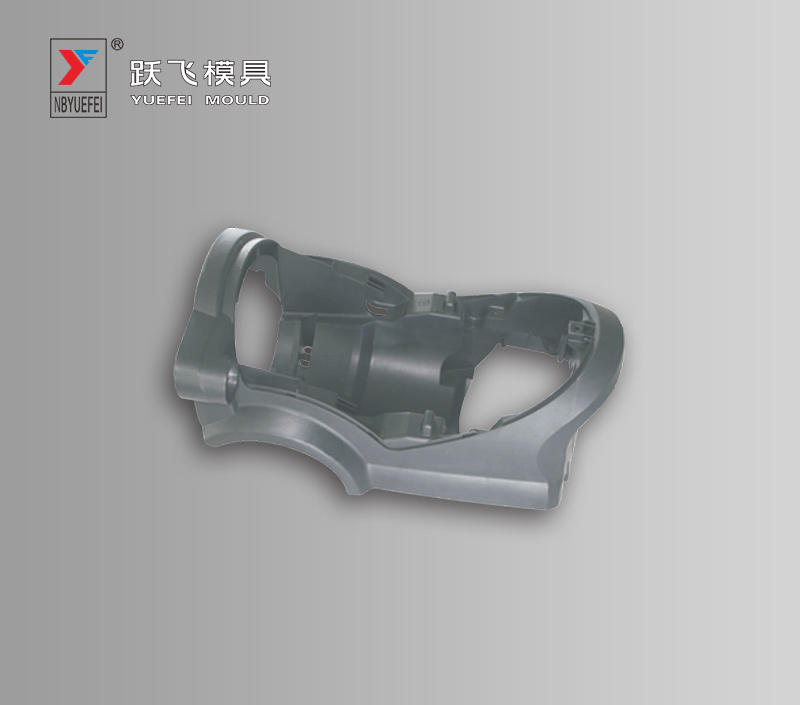Generally, after the molding process is completed, dust or residues (with certain chemical composition and physical properties) are usually left on the mold. For different types of residues, the final cleaning requirements are also different. Resins such as polyvinyl chloride generate hydrogen chloride gas, which corrodes many types of mold steel.
Some other residues are separated from flame retardants and antioxidants and can cause steel corrosion. There are also pigments and colorants that can rust steel and make it difficult to remove rust. Even ordinary sealing water, if it is placed on the untreated mold surface for too long, it will damage the mold.
Therefore, the mold should be cleaned as necessary according to the established production cycle. Every time the mold is taken out of the press, the mold air hole needs to be opened to remove all oxidized dirt and rust in the non-critical areas of the mold and template to prevent it from slowly corroding the surface and edges of the steel. In many cases, even after cleaning, some uncoated or rusted mold surfaces will quickly reappear rust. Therefore, even if it takes a long time to scrub the unprotected mold, rust on the surface cannot be completely avoided.
Today, many molds are equipped with high-gloss "self-cleaning" exhaust pipes. Clean and polish the ventilation holes to achieve the polishing level of SPI#A3, or discharge the residue to the garbage area of the ventilation pipe by milling or grinding to prevent the residue from adhering to the surface of the roughing table. However, if the operator manually grinds the mold with a rough scrubbing pad, emery cloth, sandpaper, grindstone, or brush with nylon bristles, brass or steel, it will cause excessive "cleaning" of the mold.
Generally, when hard plastics, glass beads, walnut shells and aluminum particles are used as abrasives for high-pressure grinding and cleaning the surface of the mold, if these abrasives are used too much or improperly, this grinding method will also reduce the porosity . Dust and residues generated on the mold surface are easy to adhere to it, resulting in more residues, wear or premature breakage of the mold or burrs, which is not conducive to the cleaning of the hot runner mold.
www.yfmould.com



 English
English 简体中文
简体中文 Español
Español Deutsche
Deutsche















